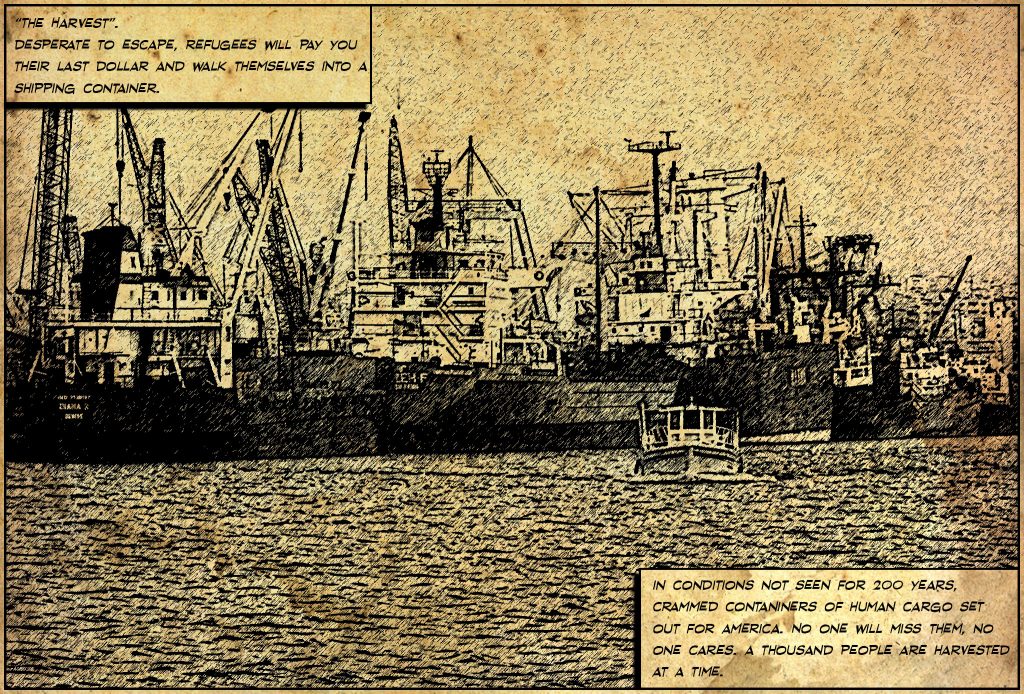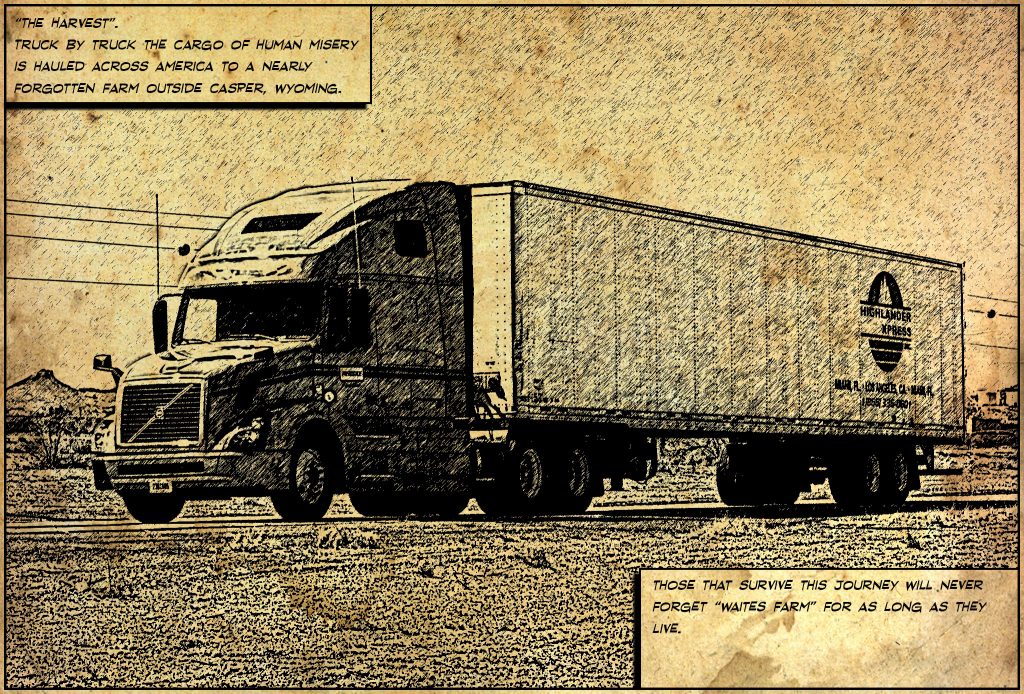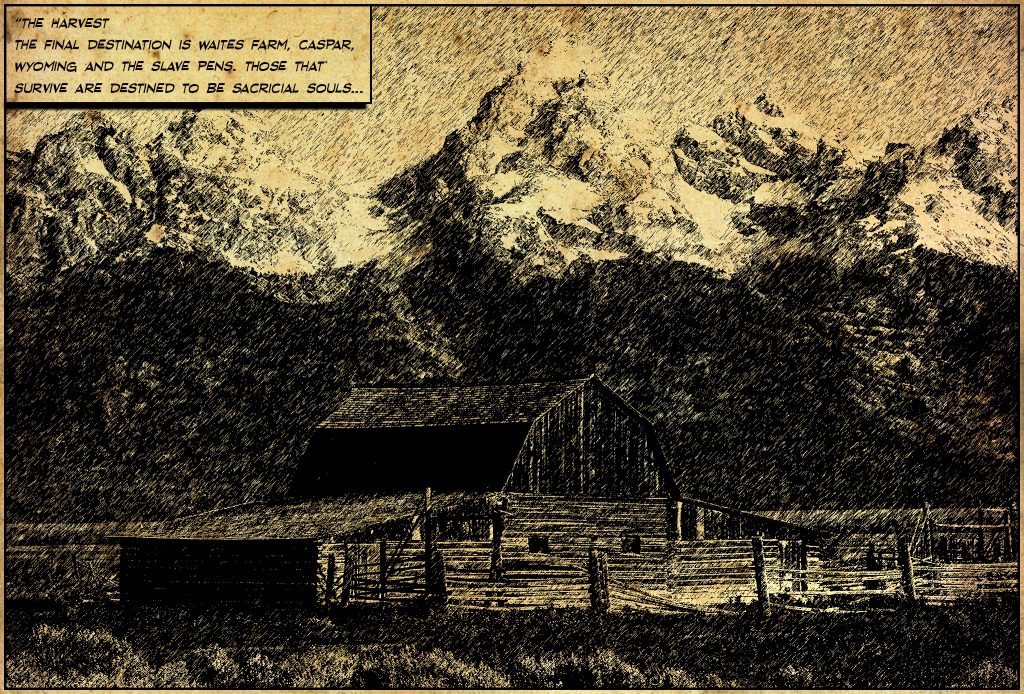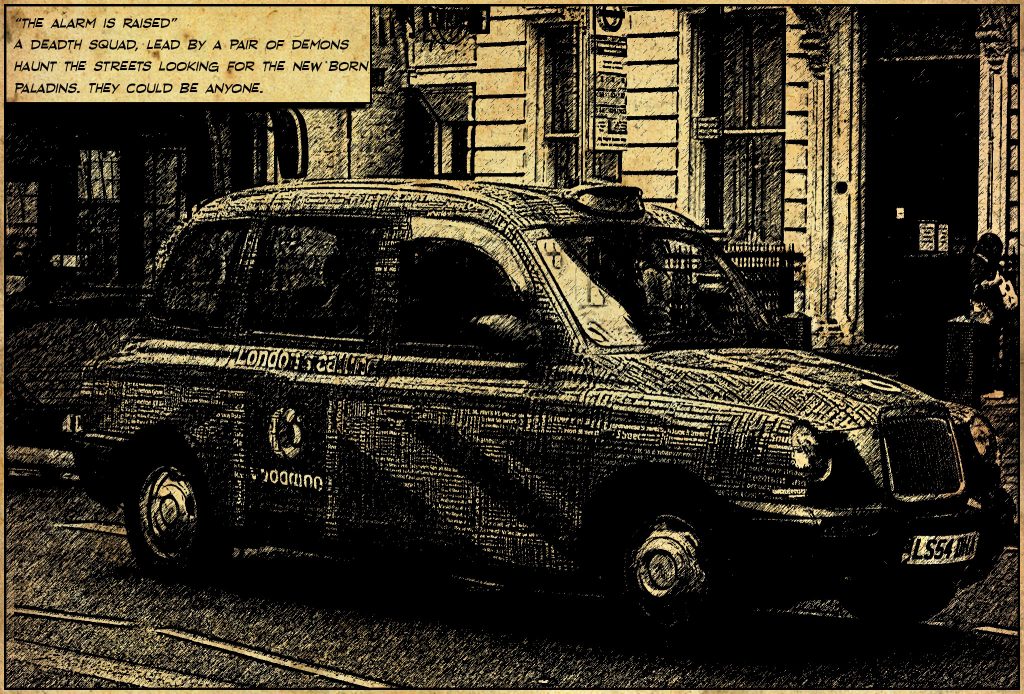Where to start? Don’t all GMs like to tinker with rules? Don’t all game designers strive for the perfect ruleset?
So right now I have four ongoing projects in various stages of imminent completion. By that I means I am actively working on them, not just theoretical projects for some time in the future.
- I hope to complete today or Wednesday and that is a set of system specific solo rules for CAPERS RPG.
- I have hand written notes on a solo system for PbtA. This I will have written by the end of the week, baring complications.
- I am converting an OSR SciFi game (White Star) into a Space Master retro clone. This is a bigger project, character is complete and I am working on Psionics.
- This is my furthest out project, it is a very rules light game. I have character creation in a bare bones state and skill resolution, including combat outlined as well.
These projects bring up a number of interesting rule considerations.
CAPERS
CAPERS is a diceless system. It uses playing cards for skill resolution and system of saving throws. Each player has their own deck of cards and they are used for random numbers, in effect a D13 but also the suit gives what you would recognise as a critical success (Boon) and fail (Botch) system. A high value Spade is a good thing and a low value Club is likely to make your life difficult.
The rules as written were exceptionally easy to convert into a solo system. The 1920s setting is easy to visualise, the suit based Boon and Botch lent itself to an oracle and/but while keeping the structure that CAPERS players will be familiar with. As for open ended questions having 52 options to play with is plenty of leeway. The last project I worked on was FATE and that give you -4 to +4 and a heavy weighting towards 0. That was a pig to work with!
What makes these rules easy to work with is that they are a random number mono-culture. Every random number is two to Ace and one of four suits. The only only exception is the Jokers and they are used as a wildcard with a Good Joke and Bad Joker. If you have a mono-culture many of your design choices are made for you. If you have too many choices you have to think which is the best option. The more dice faces the higher the fidelity but the more book dependent play will become.
PbtA
The unique feature of Powered by the Apocalypse games are clocks. I have now adopted these into my GMing for all systems as they are simply brilliant. The principle is that you can quickly sketch out a circle and divide it into segments. There is an event that will happen when the clock runs down. When the story makes progress towards the event you fill in a segment of the clock. A good example is the characters sneaking around a compound. There are security guards and CCTV in operation. You could decide that the guards are not really paying attention and divide the clock into eight segments. They could be really on the ball and you divide it into just four. Each time there is a stealth failure or the characters do something that is likely to be noticable you fill in a segment and the clock ticks down. When the clock runs out the guards notice the characters. You can have as many clocks running as you like at the same time. One of the things they do is take a lot of pressure off your short term memory. You also do not need to keep making awareness checks for every guard every time something happens.
Clocks are one of the most popular features in PbtA with both players and GMs. The number of segments are an informed decision and the countdown is event driven and really in the hands of the players most of the time.
In my solo rules for PbtA I am using clocks rather like the Chaos factor in Mythic. Each No result will advance the Plot Twist Clock. The idea being that the character is less likely to be blocked by a run of bad dice rolls where everything they try fails. If No results are not moving the scene forward the clock will change the scene and make sure the story moves forward.
I am really impressed with clocks, they are non-dicey, easy to understand and very functional.
OSR SciFi
So this project is a bit of a pet project. Space Master is a bit forgotten by ICE. The current ICE is not the same ICE that created the game and their design philosophy is wildly different. The beta versions of their new system is incredibly complicated and over detailed. It has been in beta for seven years now so the chances of getting an update to the original Space Master is slim.
Space Master started life as a SciFi version of Rolemaster and Rolemaster started life as a set of house rules for D&D. In the original form it was actually really simple. Compared to the AD&D at the time it took loads of AD&Ds quite detailed rules and tables, precalculated everything and presented it as single look up table. It got rid of roll to hit then roll damage. It used the idea that a good to hit roll should do more damage than a roll that barely hit. Most people were allowing double damage on a natural 20 anyway so this was already in the game. AD&D had tables of every weapon vs every armour but Rolemaster precalculated these and put them into a weapon specific table. Rolemaster had significantly less tables and charts than AD&D but it put them front and centre. It did get a reputation as ChartMaster as there was a chart for just about everything. It was also very modular and that spawned a culture for optional rules. You were never meant to apply all of them but the rate that books of options were produce game the derogatory name RulesMaster. By PathFinder standards it was actually positively lightweight.
My idea is to go back to its roots. I have taken an OSR SciFi game and I am doing the conversion over to a Space Master style game. Over the years many of these optional rules, many written and published by me or by contributors to my Rolemaster blog have simplified Rolemaster and these are being baked into my SciFi game. I am not starting with something AD&D based but rather Basic/Expert which already gives a simpler base.
All of Space Master came in at about 328 pages of rules. I am hoping to halve that in a step towards keeping the game simple and OSRs desire for simpler times. I am also maintaining compatibility with characters and adventures written for the original Space Master so people can pull out their favourite old characters and play them again.
From a rules point of view this is the first time I have not made up my rules to my own criteria. I have two sources, and they have rules I have to maintain the spirit of. It is an interesting challenge to design rules to other peoples criteria and especially when you are trying to satisfy two masters and the detail of Space Master and the simplicity of OSR Basic/Expert rules.
Future Project
This is a funny old project. It really is a coming together of four ideas. The first is long standing. I try not to write games with a separate Combat chapter any more. It is one of those things where we start of with a nice coherent set of rules and then someone pulls a knife and you spiral into a sort of twilight zone. It is an old joke but and RPG is a game where a journey that would take three hours takes just three minutes but a gun fight that would take three minutes can take three hours. I have that up as a design constraint when I am creating game systems.
The second element is a game I write earlier this year that took 220 words to describe character creation, combat and magic. Those few rules have been rattling around my head ever since and deserve more attention. This game will give them that attention.
The third idea was again all about combat rules. I reviewed Witcher RPG and noted that the core system was wonderfully slick and easy to play until combat started and then it was a mass of competing rules. I deduced that the combat was written by one person and the rest of the game by a second designer. In the discussion under the blog it was noted that this was common as the joke above suggests. I said then that the reasoning is often that I can role play out a negotiation, I can role play out picking a lock or climbing a cliff face. I cannot really role play out a gun fight, that is why the combat rules can suddenly bloat out as they try to make combat fair for all. As part of this discussion I outlined a role played combat system. It takes a lot of inspiration from FUDGE and Fate while being a bit grittier than those systems often play out.
The fourth and final element is the oddest. Have you noticed that RPG rule books often look like articles from New Scientist? Pages of block text, tables of figures and charts. It is only the odd bit of art every fourth page that stops them looking like someone’s dissertation. I want to write a game which has three pages of genre and theme setting art to every single page of rule text. If the rules bloat then I need to create a lot of art! Should the rules of a game be constrained by the amount of available art? Why not, if the distilled core of the game can be presented in just a couple of paragraphs? What I am going to strive for a graphic novel with rules.
I am going to leave you with some art. If you read the paragraph above, these are from a game I put out last year. You can see how the same idea is coming around again!











